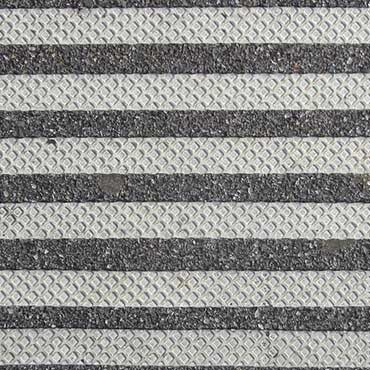Appropriate Uses — The Doctrine of Fair Use
 The Doctrine of Fair Use is a set of criteria that govern the degree to which you can use other people’s content – their pictures, video and artistic creations, for example – in your own digital creations. In the Essential Guide and Checklist, there is labeled the four criteria via which a piece would be judged, in the court of law, to determine fair use or not.
The Doctrine of Fair Use is a set of criteria that govern the degree to which you can use other people’s content – their pictures, video and artistic creations, for example – in your own digital creations. In the Essential Guide and Checklist, there is labeled the four criteria via which a piece would be judged, in the court of law, to determine fair use or not.
This document focuses on uses of copyrighted material that, in most cases, would pass as ‘fair use’. To guide our thinking here, we turn to the Center for Social Media. Below is a summary of their key framing principles.
PRINCIPLES
One: Commenting on or critiquing of copyrighted material
- Video makers have the right to use as much of the original work as they need to in order to put it under some kind of scrutiny.
- The use should not be so extensive or pervasive that it ceases to function as critique and becomes, instead, a way of satisfying the audience’s taste for the thing (or the kind of thing) that is being quoted.
Two: Using copyrighted material for illustration or example
- This kind of use is fair when it is important to the larger purpose of the work but also subordinate to it.
- It is fair when video makers are not presenting the quoted material for its original purpose but to harness it for a new one.
- To the extent possible and appropriate, illustrative quotations should be drawn from a range of different sources; and each quotation should be no longer than is necessary to achieve the intended effect.
- Properly attribute material in the body of the text, in credits, or in associated material
Three: Capturing copyrighted material incidentally or accidentally
- Where a sound or image has been captured incidentally and without pre- arrangement, as part of an unstaged scene, it is permissible to use it, to a reasonable extent, as part of the final version of the video.
- The video maker should be sure that the particular media content played or displayed was not requested or directed; that the material is integral to the scene or its action; that the use is not so extensive that it calls attention to itself as the primary focus of interest; and that where possible, the material used is properly attributed.
Four: Reproducing, reposting, or quoting in order to memorialize, preserve, or rescue an experience, an event, or a cultural phenomenon
- Such memorializing transforms the original in various ways—perhaps by putting the original work in a different context, perhaps by putting it in juxtaposition with other such works, perhaps by preserving it.
- This use reaches its limits when the entertainment content is reproduced in amounts that are disproportionate to purposes of documentation, or in the case of archiving, when the material is readily available from authorized sources.
Five: Copying, reposting, and recirculating a work or part of a work for purposes of launching a discussion
- When content that originally was offered to entertain or inform or instruct is offered up with the distinct purpose of launching an online conversation, its use has been transformed.
- The purpose of the copying and posting needs to be clear; the viewer needs to know that the intent of the poster is to spur discussion.
Six: Quoting in order to recombine elements to make a new work that depends for its meaning on (often unlikely) relationships between the elements
- This kind of activity is covered by fair use to the extent that the reuse of copyrighted works creates new meaning by juxtaposition.
- If a work is merely reused without significant change of context or meaning, then its reuse goes beyond the limits of fair use.
As a reminder, these are principles to guide your thinking about your use of the copyrighted material. If cases are actually brought to court – highly unlikely in the case of Meridian Stories given our relatively small audience – they are examined individually and interpreted by the court of law.

